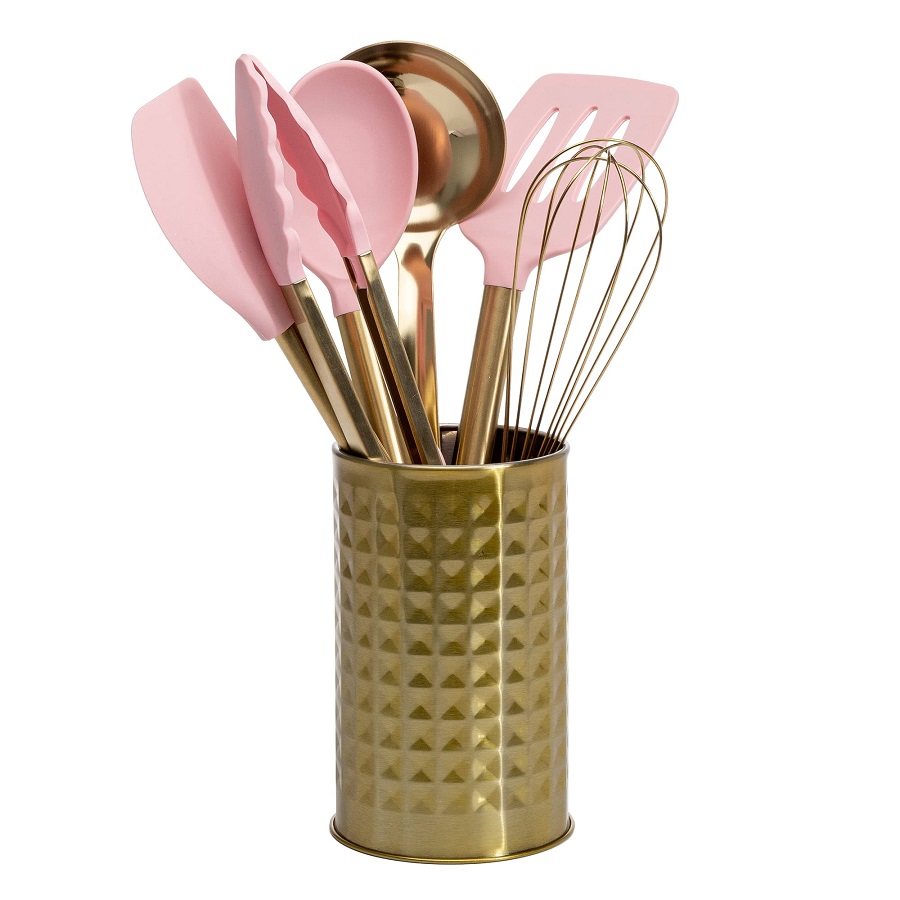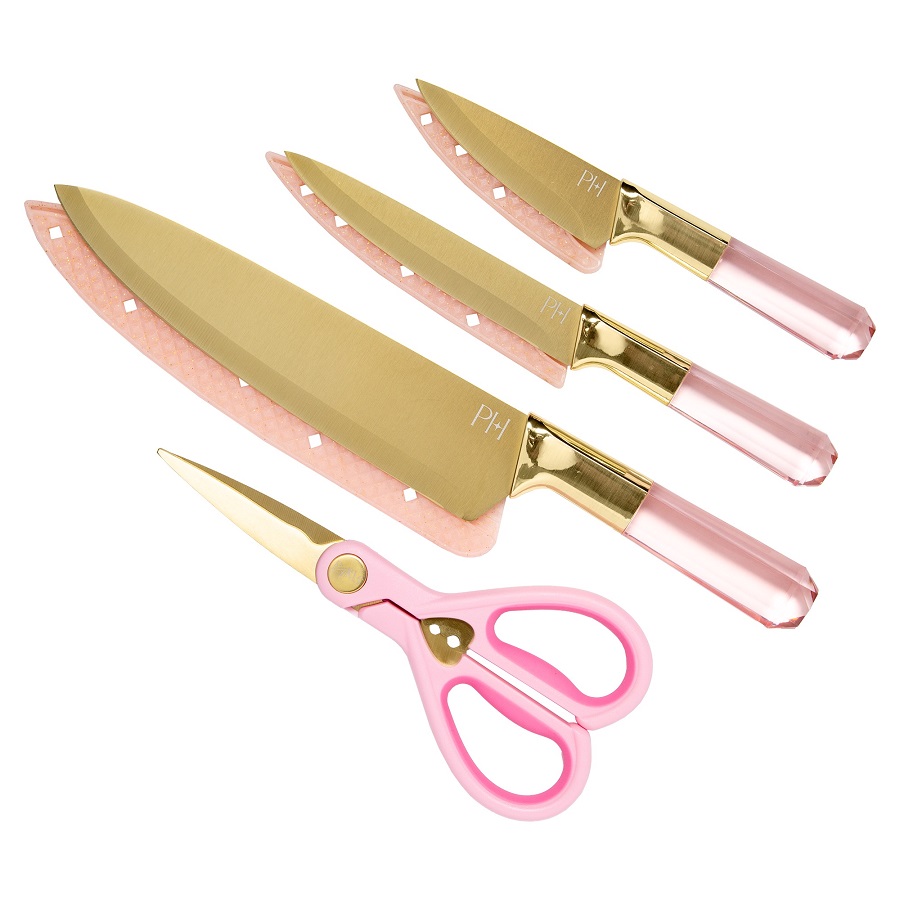When remodeling or designing your kitchen, a common question that arises is, “how deep are upper kitchen cabinets?” Understanding the depth of upper kitchen cabinets is crucial for both functionality and aesthetics. Typically, the standard depth for upper kitchen cabinets is 12 inches. This measurement is designed to accommodate most kitchen items, ensuring that plates, glasses, and various utensils fit comfortably. However, customization options are available for those who have specific needs or unique kitchen layouts.
The depth of upper kitchen cabinets can significantly affect the overall flow and usability of your kitchen space. If cabinets are too deep, they can obstruct views and create a cramped feeling in the kitchen. On the other hand, cabinets that are too shallow may not provide adequate storage space for essential cookware and dining items. Therefore, it is essential to find a balance that suits your cooking habits and available space. Additionally, deeper cabinets may require longer reach or a step stool to access items stored in the back, while shallower cabinets may make it challenging to store larger items.
Standard Dimensions of Upper Cabinets

The standard depth of upper kitchen cabinets, asmentioned, is generally 12 inches. This measurement is designed to provide enough space for storing various kitchen items while allowing for easy access. However, if you’re asking how deep are upper kitchen cabinets in terms of accommodating larger appliances or items, you may need to consider adjustable or custom cabinetry. Some homeowners opt for deeper cabinets, around 15 to 18 inches, especially if they intend to store larger dishes or appliances. It is vital to balance the depth with ceiling height—deeper cabinets can feel bulky in a space with lower ceilings.
The Impact of Upper Cabinet Depth on Kitchen Design
When contemplating how deep are upper kitchen cabinets, it’s not just about the measurements—it’s also about how these dimensions affect the overall kitchen design. Aesthetic appeal is vital in any kitchen layout, and the depth of upper cabinets can accentuate or detract from the visual harmony of your space. Deeper cabinets can provide a more robust appearance, making the kitchen feel more substantial and inviting, while shallower cabinets may lend a lighter feel to the room.
Additionally, the style of your upper kitchen cabinets—whether they are modern, traditional, or transitional—can influence the perception of depth. For instance, sleek, modern cabinets may seem more appealing when they are shallower, creating an open and airy environment. In contrast, framed cabinetry can work well with deeper designs, providing a more traditional and classic look. Ultimately, considering the overall aesthetics and ensuring that your upper kitchen cabinet depth aligns with your design goals is essential.
Storage Solutions Through Custom Depth Options
Another critical aspect to consider when asking how deep are upper kitchen cabinets is the diverse customizable options available. While standard dimensions are a starting point, many homeowners are increasingly opting for tailored solutions to meet their individual storage needs. A custom depth might be beneficial if you frequently use oversized dishes or need to store unique kitchen appliances that don’t fit standard cabinet sizes.
Beyond basic customization, integrating innovative storage solutions is also vital. For example, you might consider pull-out shelves or tiered racks that make the most of the available depth. Such solutions can make reaching deep-set items much more manageable, thereby maximizing both efficiency and accessibility in your kitchen. Thus, the depth of your cabinets should not only meet the standard but should be strategically planned to provide optimal storage potential.
Height and Depth: Creating a Perfect Kitchen Layout

When delving into how deep are upper kitchen cabinets, it’s essential also to consider their height. The relationship between depth and height is significant when optimizing a kitchen layout. Taller cabinets can offer extra storage, but if they’re too deep, accessing items at the back becomes challenging. Consequently, careful thought must be invested not just in the depth of the upper cabinets but also in their height relative to the other components in your kitchen.
Creating a kitchen that accommodates different user heights is essential. A standard upper cabinet height is usually 18 inches above the counter, but this can be adjusted for those who may require lower or higher setups. When designing, think about who will be using the kitchen most often. If the primary cook is shorter, shallower cabinets can enhance accessibility without the risks associated with reaching for objects in deeper cabinets. This consideration can help in devising a kitchen that is both functional and user-friendly.
Customization Options for Unique Needs
Sometimes, the cookie-cutter approach doesn’t suit every kitchen’s needs, leading homeowners to ask how deep are upper kitchen cabinets to understand their options better. Custom cabinetry offers the chance to specify depths that meet your specific storage requirements and style preferences. By choosing custom cabinets, you can design your kitchen to fit large appliances or even create specialized spaces—like a coffee station or a wine rack. Custom solutions can add value to your home while allowing personalized elements that reflect your lifestyle and design tastes.
Functionality Meets Aesthetics in Cabinet Design
As you consider how deep are upper kitchen cabinets, functionality and aesthetics must go hand in hand. The interior design elements of your kitchen should seamlessly align with the practical requirements of your daily cooking and meal preparation activities. Consider features such as hidden lighting beneath the cabinets, which can enhance visibility when working on cooking tasks while also elevating the room’s overall charm.
Moreover, suitable depth can significantly impact cabinet storage strategies. For example, deeper cabinets could accommodate more substantial items like a microwave or additional appliances, while shallower cabinets lend themselves well to storing smaller, more frequently used items. Balancing these elements ensures that the aesthetic appeal remains without compromising practical utility, ultimately leading to a kitchen space that you’ll love to work in.
Final Thoughts on Cabinet Depth in Kitchen Design

Understanding how deep upper kitchen cabinets should be involves examining a multitude of factors. This includes assessing your specific storage needs, the overall kitchen design, and the functionality required in daily use. It’s essential to engage with a professional designer or contractor to ensure that your upper kitchen cabinets meet your specific requirements while aligning with your overall design vision.
Remember, the goal is not simply to build a beautiful kitchen but to create a space where functionality and aesthetics coexist harmoniously. Taking the time to consider your needs and how cabinet depth plays a role in achieving those needs will ultimately lead to a more functional and inviting kitchen space. Don’t underestimate the impact of the right upper kitchen cabinet depth on your cooking experience—it’s often the details that elevate a kitchen from ordinary to extraordinary.
Conclusion: Making the Right Choice
In conclusion, understanding how deep are upper kitchen cabinets is crucial when planning your kitchen space. It involves balancing functionality, design, and personal preference. Standard depths offer a good baseline, but deeper or custom cabinets can accommodate various items and aesthetic choices. Ultimately, the depth of your upper kitchen cabinets should enhance your kitchen’s functionality while aligning with your dream kitchen vision. Whether you go for standard or custom depths, the choices should resonate with your lifestyle and storage needs.



